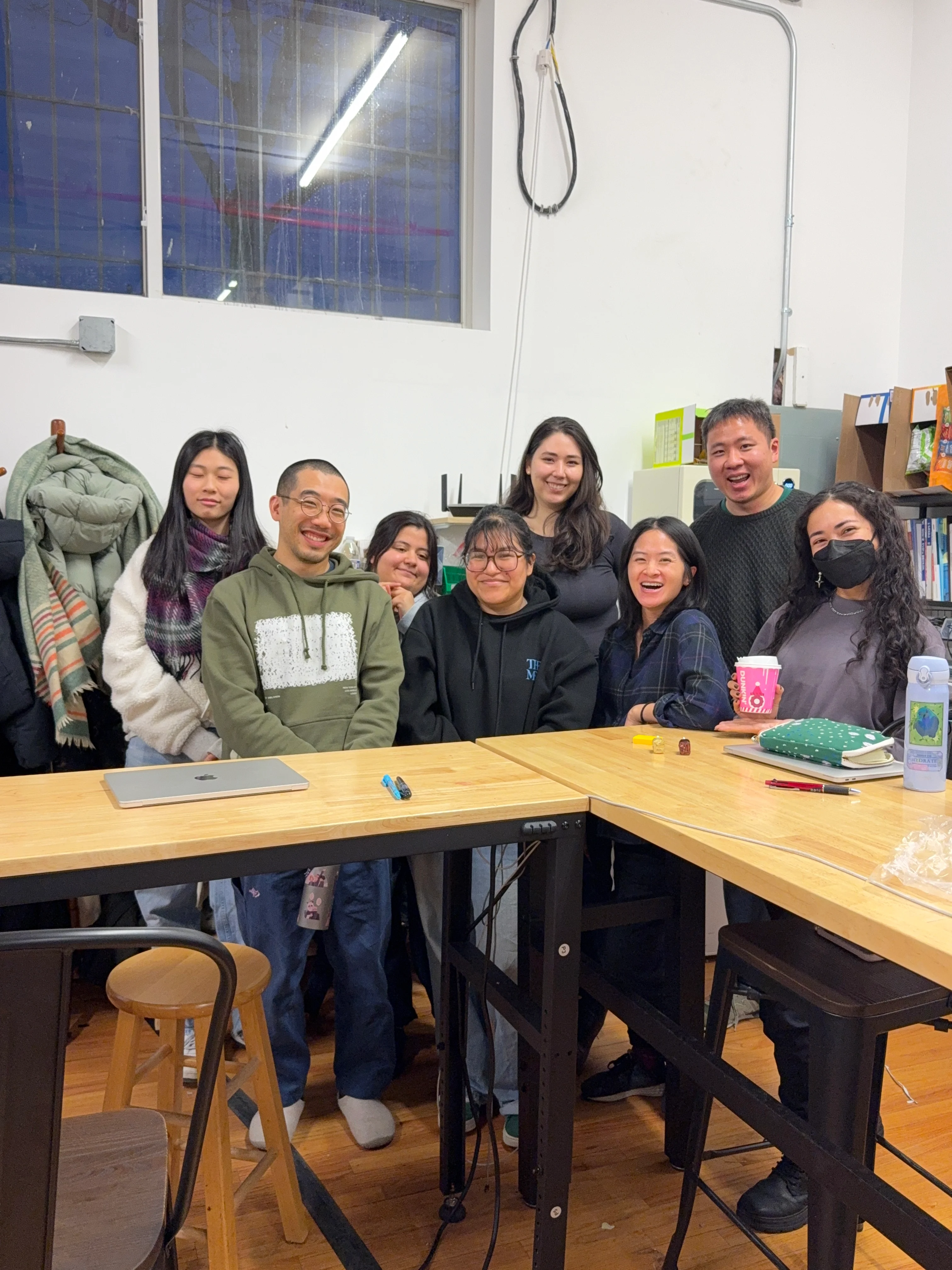Hi everyone! Soraya here. I've been spending so much time decorating letters and packing orders with washi tape these last few weeks. There's something so peaceful about picking a washi, ripping a piece off, and gently setting (and resetting!) it onto a surface. I'm surrounded by so much washi tape, both here at home and at Yoseka, that I wanted to learn all about its origins. I hope that this brief and fun history of washi makes you love and appreciate your rolls of washi tape just a little extra!
Washi tape is a durable, tearable, waterproof, biodegradable, reusable, and colorful type of masking tape. This seemingly magical tool has become a staple in the stationery and DIY craft world. Its uses are endless and its pattern/color variations are infinite.
This beautiful masking tape has become such a part of our everyday lives that we wanted to share its incredible history with you.
To learn about washi tape we have to dive deep into the origins of washi paper. The word washi (和紙) in Japanese means Japanese Paper (wa - 和 Japanese / shi - 紙 paper). As is written in The Chronicles of Japan, this handmade paper technique first originated in China in the year 105 AD and was introduced, alongside the method of ink making, to Japan in the year 610 AD by Doncho, a Buddhist monk from Korea. Paper making became an integral part of Japanese culture, with its techniques and methods passed down through generations. Washi paper was made using strong and natural fibers from the surrounding foliage of kozo, bamboo, gampi, rice, and mitsumata plants. Washi paper’s natural matte texture is indicative of its earthly origins. Over 90% of today’s washi paper is made using kozo (mulberry) fibers.
Cold, pure, and fresh running water was necessary for the production of washi paper. Paper production became a booming industry for winter farmers as the ice water was easily accessible and kozo shrubs were harvested during these cold months.
The origins of washi paper vary, with one version citing the 1500 year old legend of ‘Kawa-kami Gozen’, a paper goddess that brought the art of paper making to the Japanese city of Echizen. Many villages and cities, like Echizen, took advantage of the winter months and lack of rice crops to manufacture washi paper.
Washi tape is a wonderful combination of washi paper and a natural rubber adhesive. Washi tape is similar to masking tape (paper tape) in the sense that it is a thin and easy-to-tear adhesive. Masking tape originated in 1925 by 3M employee, Richard Drew. While working at 3M, an American multi-industry company, Drew noticed a growing frustration among the autobody workers as the tape they were using was ripping off the freshly applied car paint. This inspired Drew to create a gentler adhesive tape which we now know as masking tape. Masking tape differs from washi tape in the sense that washi tape is made of natural fibers such as bamboo or koza while masking tape is often made using crepe paper or synthetic materials. Washi tape has more of a decorative purpose while masking tape can have more industrial uses.
Japanese company, Kamoi Kakoshi first started as “Kamoi’s Haitori Paper Mill” in 1923 and then moved on to manufacturing paper adhesive tape in 1961. In 2006, the company was approached by three women from Tokyo who wanted to show how they used their industrial tapes in craft projects. This inspired the company MT that produces the masking tapes we all now know and love.
Here at Yoseka Stationery we have an entire shelf and drawer of washi tape. Each roll of tape is carefully stacked on the other to create a wall of beautiful and vibrant cylindrical art. We use washi tape for packing orders, sealing envelopes/paper bags, decorating letters, labeling things, and so much more! Knowing the history of washi tape has given me a sense of appreciation for the charming and decorative scattered rolls of tape that rest on my desk. Next time you rip a piece of washi tape, envision icy cold running water, fresh green plants, and the hundreds of years of craftsmanship behind this neat adhesive.






4 comments
Thank you for this charming & succinct history! I’ve begun using tape to create a masked frame & resist in my watercolors. It’s been a challenge to find effective tapes that will release without tearing. Suddenly everyone was talking about washi tape, so thank you for satisfying my curiosity.
This is an interesting article. Thank you for sharing the history of washi paper!
This post was great – I didn’t know that washi tape has quite a history!
I loved reading this! Thank you so much for sharing :)